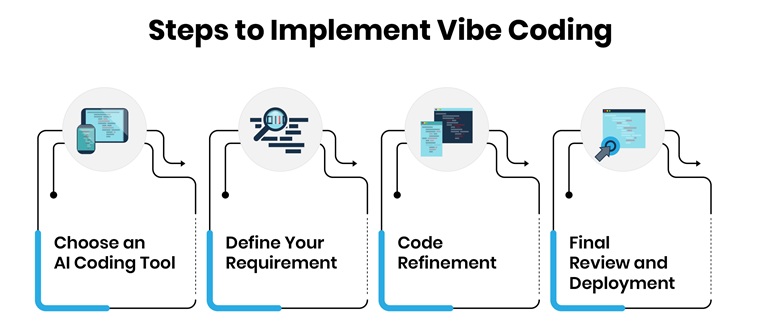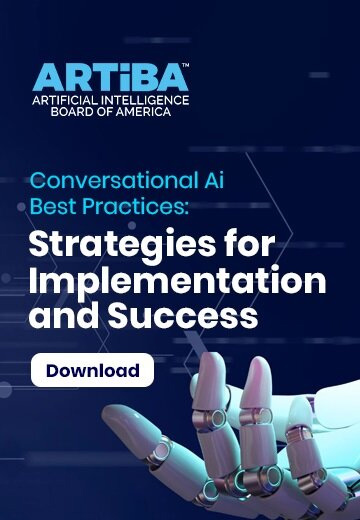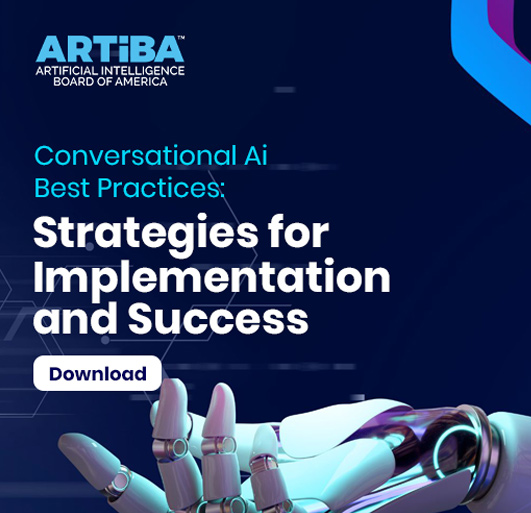What is Vibe Coding? Key Techniques and How to Implement It

Vibe coding is changing how we create software. It uses artificial intelligence (AI) to turn ideas into working code with simple language. This new way of creative programming is exciting for beginners and experts. This article explains what Vibe coding is, how to implement it, and why it matters. Let’s dive into this fun and innovative approach to collaborative coding.
What is Vibe Coding?
Vibe coding is a fresh idea in software development. Introduced by computer scientist Andrej Karpathy in February 2025, it uses AI tools like ChatGPT, Claude, and OpenAI’s Codex to help developers. Instead of writing every line of code by hand, you describe what you want, and the AI builds it. This method keeps you in a creative flow, automating the boring parts.
The core of Vibe coding is a “code first, refine later” approach. You start by experimenting and building quickly, then polish the code later. This fits well with agile development, where fast prototyping and feedback loops are key. It’s about letting AI handle the technical stuff while you focus on the big picture. However, human input remains crucial for creativity and aligning the code with goals.
Think of Vibe coding as a partnership. The AI acts as a coding assistant, suggesting ideas and creating code in real time. It can even set up basic structures for your project. This makes it perfect for creative programming, where the focus is on solving problems and innovating rather than mastering syntax
Why Vibe Coding Matters?
Recent stats show 82% of businesses face a shortage of developer talent, with growing backlogs. Vibe coding breaks this barrier by letting anyone with an idea turn it into an app.
AI’s power is growing fast. Every seven months, the amount of work AI can do on its own doubles. From simple auto-complete to building whole apps, this progress makes Vibe coding a game-changer. Research shows organizations using similar methods see up to 5.8 times faster development times. This speed helps entrepreneurs, designers, and educators bring ideas to life quickly.
Vibe coding also fits the “Great Democratization Cycle”. Just as smartphones turned everyone into photographers, AI tools like Replit, Cursor, and Microsoft GitHub Copilot are making everyone a coder. It’s not about replacing developers but giving more people the power to create.
How to Implement Vibe Coding?
Getting started with Vibe coding is simple. Follow these steps to turn your ideas into code using collaborative coding with AI.

Step 1: Choose an AI Coding Tool
Pick a platform that suits your needs. Popular options include Replit, Cursor, and Microsoft GitHub Copilot. Replit is great for beginners because it works in your browser and sets up everything for you. Cursor is ideal for quick app building with AI. Choose based on cost, features, or ease of use.
Step 2: Define Your Requirement
Write a clear prompt describing your idea. The better your prompt, the better the result. Here’s an example: “Create a lively animation that reacts to music with smooth transitions and colorful visuals. Use JavaScript and make it customizable for different moods”. Be specific about what you want, like features or design Vibes.
Step 3: Code Refinement
The AI will generate a basic version of your code. This is your starting point. Check it and decide what to improve. Refine your prompt to fix issues or add details. For example, if the animation is too slow, ask for optimization.
In the past, building an app meant learning to code or hiring costly developers, which created a big barrier. Now, AI makes the process easier, letting you quickly refine and improve your app without starting from scratch.
Step 4: Final Review and Deployment
Review the refined code to ensure it works. Test it and make final tweaks. Then, deploy it using tools like Replit’s one-click deployment. This step turns your project into a live app.
Tips for Effective Vibe Coding
To get the most out of Vibe coding, use these tips for creative programming:
-
Be Precise: Avoid vague prompts. Say “Build a login page with email and password fields” instead of “Make a login system”. Clear directions lead to better code.
-
One Task at a Time: Focus on one feature per chat to keep the AI on track. For example, build the login page first, then add a profile page.
-
Use Checkpoints: Save versions of your project regularly. This lets you roll back if something goes wrong.
-
Ask Questions: Talk to the AI like a partner. Ask, “What’s the best way to add a timer?” or “Why is this bug happening?”.
-
Show, Don’t Tell: Share screenshots or error logs with the AI. For a UI bug, upload a marked-up image to show what’s wrong.
Real-World Examples
Vibe coding is already making waves. Startups in the Y Combinator network use it to launch AI powered apps faster. For example, Pieter Levels built RemoteOK Jobs 2.0 in six hours using CursorAI, gaining 5,000 users by dinner. He spent 20% of his time building and 80% promoting it, showing how distribution matters more than coding speed.
Another example is the author of “Cracking the Code of Vibe Coding,” who built a DaddyTime app in 30 minutes with CursorAI. It connected to local events, weather, and Google Calendar. Non technical users are also jumping in, thanks to tools like Replit, where 75% of customers never write code.
Limitations of Vibe Coding
Vibe coding has challenges. It works well for simple projects but struggles with complex ones. Technical tasks, like distributed systems, need optimization that AI can’t fully handle. Code quality can suffer too, requiring human refinement.
Debugging is tricky because AI generated code lacks structure, making it hard to fix. Maintenance is another issue, outdated apps need updates, but understanding AI code can be tough. Security is a big concern, as AI code may skip reviews, leaving vulnerabilities.
Paradigm Shift and Evolution
Vibe coding is changing how we work. It enables quick prototyping, letting teams test ideas fast. This “problem first” approach focuses on solving issues rather than sticking to a tech stack. It reduces risk by building minimum viable products (MVPs) cheaply, allowing pivots based on feedback.
The future includes VibeOps, where AI automates more processes. Multimodal coding with voice, visuals, and text is emerging, making collaborative coding more intuitive. However, human oversight will stay key to balance AI and creativity.
Advanced Techniques for Vibe Coding
For pros, Vibe coding offers more. Start with a “Requirements Interview” to plan your app. Ask the AI to act as a product manager and guide you through questions. This creates a blueprint to guide your project.
Use a “Foundational Prompt” with rules like “Ask for clarification when unsure”. Add your project vision and constraints, like “Keep it simple” or “Use environment variables for secrets.” Update it with lessons from bugs to improve over time.
Manage costs by using big models for complex tasks and smaller ones for simple jobs. Summarize long chats to save money and keep focus. Test performance with “Measure, Identify, Defer” and challenge AI answers with research.
Conclusion
Vibe coding is an excellent way to do creative programming. It uses AI to turn ideas into code, making collaborative coding accessible to all. With 82% of businesses facing talent shortages, this method offers a solution. Follow the steps, choose a tool, define your idea, refine the code, and deploy, to start. Use tips like being precise and asking questions to succeed.
Real examples, like RemoteOK Jobs 2.0 built in six hours, show its power. Despite limitations like security risks, its benefits, speed and innovation, shine. Advanced techniques like blueprints and performance strategies take it further. Try Vibe coding today to bring your ideas to life and join the future of software development.







